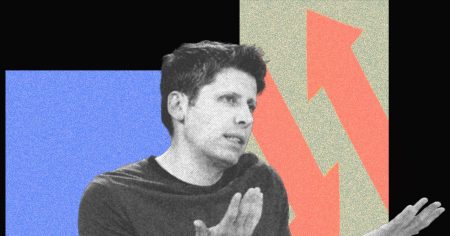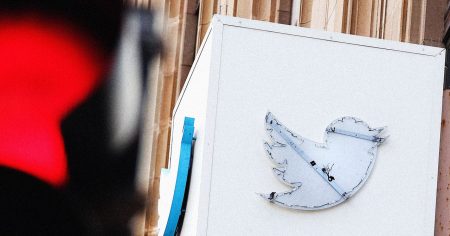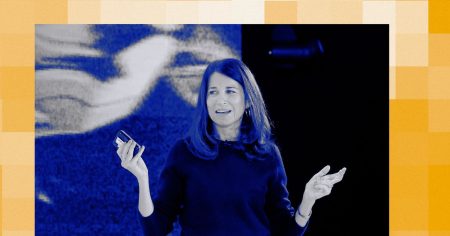Founder at eLIVate. Life coach and chiropractic coach.
If you’re striving to reach your business goals. If you’ve ever achieved a goal and didn’t feel the rush of anticipated euphoria. If the thought of adding one more goal to your life “to-do” list induces instant anxiety, then you may want to read on.
When it comes to goal setting, the Be, Do, Have Model is often used as a three-part system to fast-track a way to a desired outcome. Stephen Covey introduced the model in the highly influential The 7 Habits of Highly Effective People. Nearly 35 years after the original theory was introduced, though, I would argue we now know enough to add in two critically missing elements.
What Is The Be, Do, Have Model?
The Be, Do, Have Model can be simplified as a trio of steps to achieve a goal. The “be” step is the idea of encompassing an authentic personality or traits that align with the behaviors needed to reach your goal. So, if your aim is to lead a sales team into a record-setting quarter, you may want to “be” patient, data-driven and motivational.
Step two focuses on “do.” In this middle phase, you’re doing the actions necessary to move you toward your goal. Using the record-breaking sales objective, your “do” step may include establishing meeting agendas, communicating regularly with your team and building individual sales goals for each team member.
Finally, step three homes in on the “have.” This is the conclusion to your behaviors and actions. Presumably, if you behave a certain way and display goal-oriented actions, you get to have the desired result, which in our example would be leading your sales team to a record-setting quarter.
The Missing Links
As an entrepreneur and multi-business owner, I’ve incorporated this model into my operational style. It seems that most goal-driven business owners can practice the “be” step in order to “have” something, but what happens when you’re not sure what to be in order to meet your goals?
Let’s say your goal is to operate a million-dollar business while taking a week off each month to travel. If that goal is so far outside your current circumstance, it may be a challenge to know how to “be” in order to have the result you want. Before you can begin hypothesizing what emotional base you should have, you must have a vision. This is the first piece I see missing in the Be, Do, Have Model.
You Must Have A Vision
Before you have, be or do anything, you must create the vision. Who do you want to be? How will you feel when you achieve your goal? Who will be a part of your journey? And I can’t stress this part enough: Write it down. Put your vision on paper. Solidify exactly who and what you want to be. Detail the emotions you’ll feel when you arrive. You must have a vision to move into the next layer of success in your life.
Once you develop your vision, you should be able to much more easily transition into the being portion of the model. You envision that a CEO of a million-dollar company who gets to travel extensively may feel grateful, accomplished, joyful and motivated. You can then begin to “be” those characteristics in what I see is the second missing piece of the model: embodiment.
Embody The Emotions
In order to do the things necessary to achieve your goals, you must embody the emotions you described in your vision. If you forecast that you’ll feel grateful and accomplished upon achieving your goal, take actions now that lead to those emotions.
Here’s what I mean. If you want to embody the emotion of gratefulness, make it happen with a simple act. Pay for a stranger’s coffee. Donate an afternoon of your time at a local nonprofit. Do whatever makes you feel grateful because the fascinating part about emotions is that your brain can’t tell the difference. Whether you feel grateful because you’re paying for someone’s coffee or traveling to a new country with your partner, you embody the emotion either way. So, find daily ways to embody the feelings you hope to experience when you meet your goal.
Going Forward Without Burnout
I believe that adding vision and embodiment to the original model means that you can “have” with less of a chance of experiencing burnout. The having becomes the manifestation of the first four steps: vision, being, embodying and doing.
“To have” is to bring your goal into your own reality. Prior to taking action, you knew the vision and who you needed to be in order to embody the emotions of achieving your goal. When we continuously “do” just to “have,” I find you are more likely to end in extreme burnout. Your lofty goals feel like a burden rather than motivation.
By adding “vision” and “embody” to the model, you get to set an intentional aim and experience how achieving the goal will feel well before you act on making it happen. What does your next level of success look like? I recommend that you grab your journal and give this model a try: Vision, Be, Embody, Do, Have.
Forbes Business Council is the foremost growth and networking organization for business owners and leaders. Do I qualify?
Read the full article here










